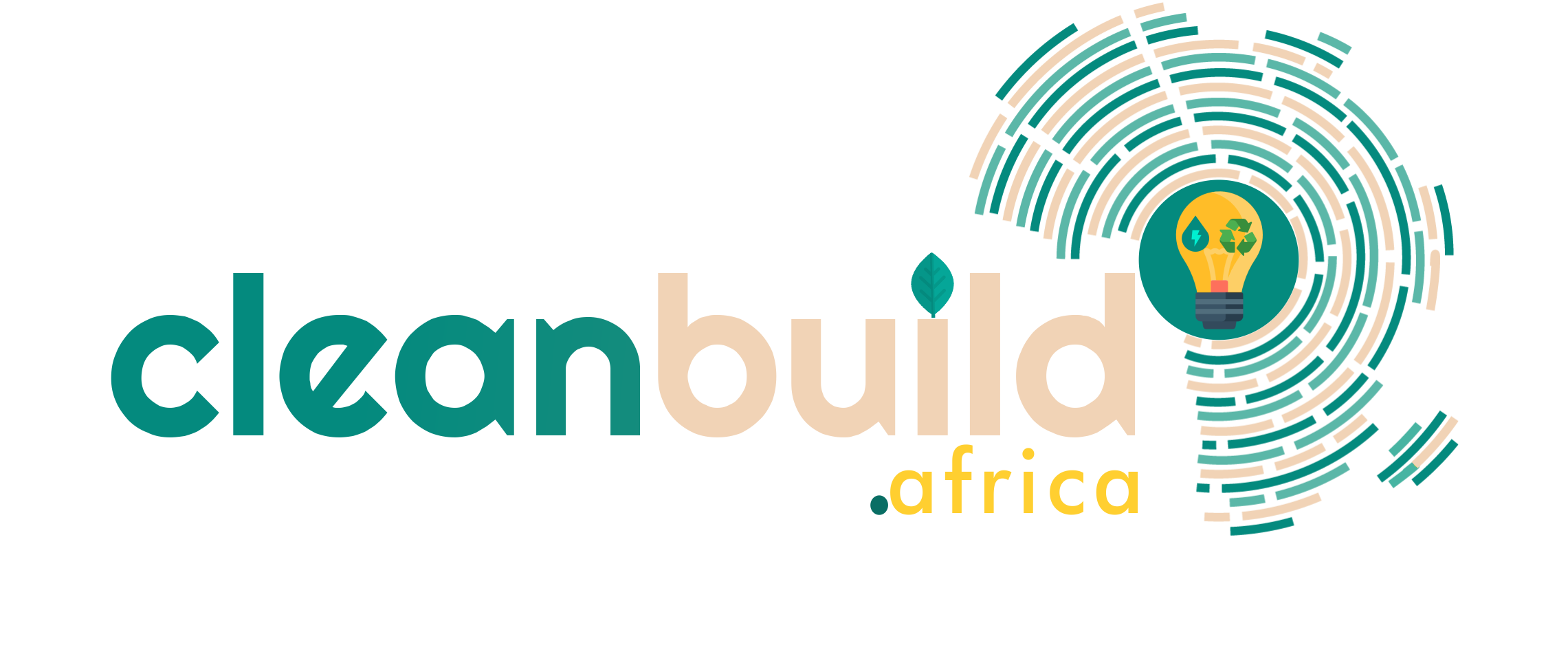Imagine a technology that will make lives easier by storing enough power to provide electricity when the power grid fails? We all need an uninterrupted power supply and this is achievable through the Tesla Powerwall technology.
Powerwall gives you the ability to accumulate energy that will be put into good use later. Since its energy is derived from the sun, the system is equipped with energy metering and monitoring customizations using the Tesla app. With this technology, users can receive over-the-air updates on how to add new features while it enabled you to enhance existing ones.
Launched by Tesla, Inc. a renowned electric vehicle and clean energy company owned by Elon Musk, Tesla Powerwall is a premium home battery product.
The California-based company has a life-long legacy of reimaging existing products, the reason why their rebranding of residential-use batteries didn’t come off as a shock to the tech market. With Tesla’s Powerwall, homeowners can be assured of adequate energy-storing in their homes. With this cutting-edge technology, your home can have an energy-storing backup battery that gives you power when you need it. The Tesla Powerwall is created for convenience.
Tesla Powerwall- The birth of an innovation
At some point, when Tesla began to develop batteries for its electric cars, the company started experimenting with batteries that will be used for energy storage. In 2012, Tesla installed a prototype battery called the Powerpack at industrial locations of its few customers.

In 2013, Tesla announced that it would build Giga Nevada — A factory that produces lithium batteries. Finally, in 2015, Tesla announced that it would use its technology to produce an energy storage system for homes and that was what later birthed the Tesla Powerwall.
The device was initially announced to have a 2kW but later on, it was doubled to 5 kW but the price wasn’t affected or increased. From 2015 till the time of this writing, Tesla’s Powerwall has been redesigned to cater to more needs. Tesla had announced in May 2021, that it had installed about 200,000 Powerwalls and is selling about 100,000 devices in a year.
How it works
The Tesla Powerwall needs a perfect combination with solar panel systems to function well especially if your power utility has been reduced. A combination of Tesla Powerwall and a solar energy system will allow you to maintain a steady power supply whether during the day or at night, depending on how much power you stored from your panels when the sun is shining.
While the solar panel produces more electricity, you can equally store excess power in the battery system so as to put it into later use. Later, when your panel is not producing enough electricity, you can switch to the battery instead of buying electricity from your utility company.
In other words, the solar begins to power the home when the sun rises while the Powerwall is charged by solar during the day, then, it stores energy until solar is no longer producing light. This cycle continues and clean, renewable energy is produced. But without solar, the Powerwall can detect grid outages and automatically becomes the home’s main source of electrical power. This is one sure way to cut costs emanating from high utility charges.
Things you should know about Tesla Powerwall
The Powerwall is described as a Lithium-ion battery that has liquid thermal control and is also rechargeable. Tesla is one of the few energy storage companies that makes small-scale batteries specifically for home storage and usage.
Ever since its first-generation edition, though with limited supply was launched in April 2015, Powerwall has continued to evolve. Although there is an updated version of the product, it is called Powerwall 2.0 and it was announced to enter the market in October of 2016.
- Key things that can be used to evaluate the efficiency of a Powerwall and they include; battery size, chemistry, and depth of discharge.
The Tesla Powerwall has a size of 14 kilowatt-hours (kWh). Its power is measured by kilowatts and this can determine the amount of electricity that can be stored in the battery at full charge. You can add multiple battery products in setting up your storage. Yes, you can install Powerwall batteries in high-demanding homes.
The battery power is a determinant to knowing the kind of appliances that will be used on it. Batteries with higher capacity can power robust appliances or many appliances at once. And, batteries with a larger capacity or size can store more energy and can run your appliances without the need to charge so soon.
- Tesla has great backup power because of its compatibility with common off-grid inverters. With this, you are sure to have backup power for your home when the grid goes down.
- Tesla’s Powerwall is a Lithium-ion storage product or battery. NMC or Lithium Nickel manganese cobalt oxide batteries are known for their high energy storing capacity
Release dates for Tesla Powerwalls 2 and 3
- Powerwall 2 was released in October 2016 and November 2020 respectively.
- Powerwall + was released in April 2021.
- Subsequently, Tesla Powerwall 3 should hit the market in the spring of 2022 and it will feature improved efficiency, storage capacity and it will be cost-effective.
















